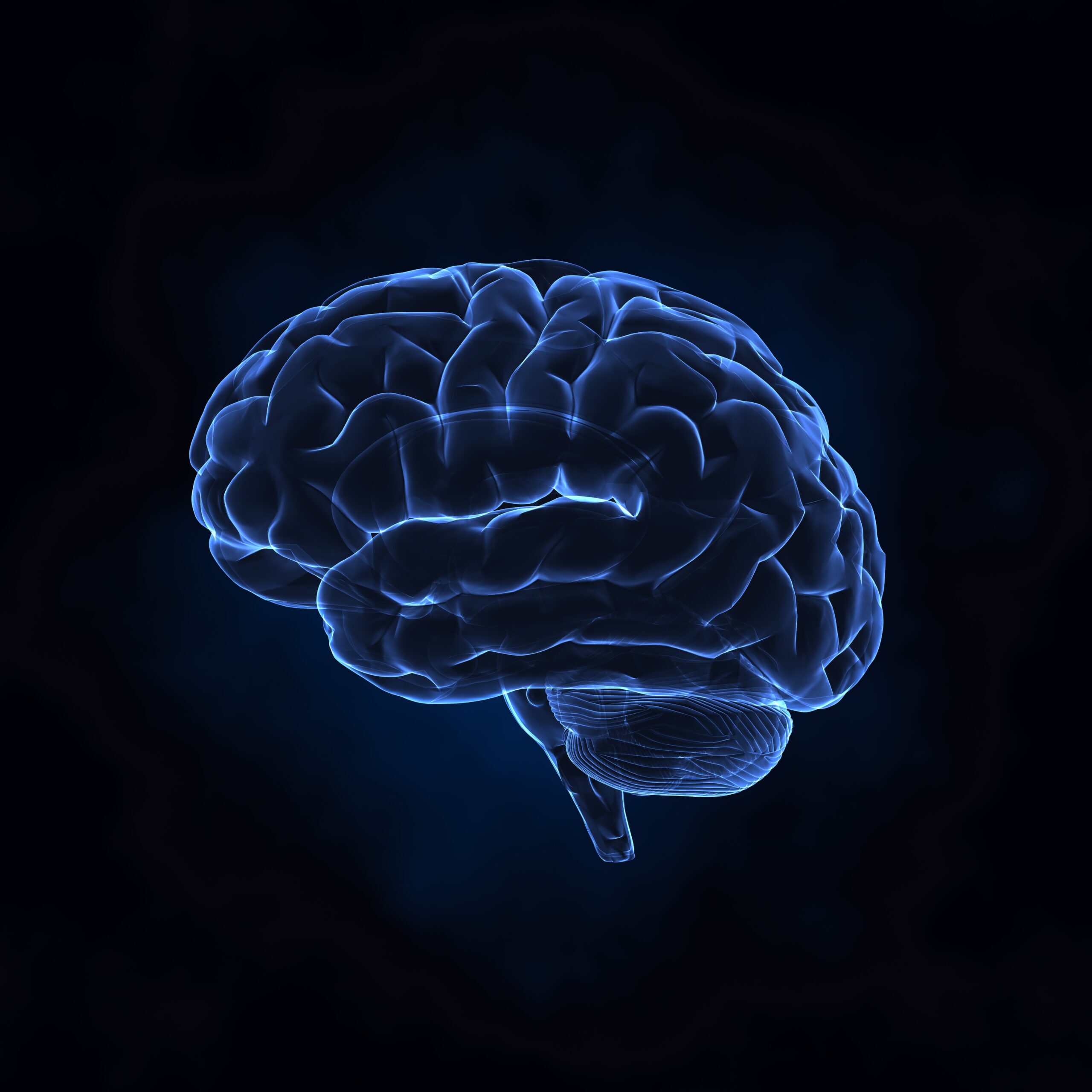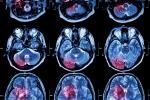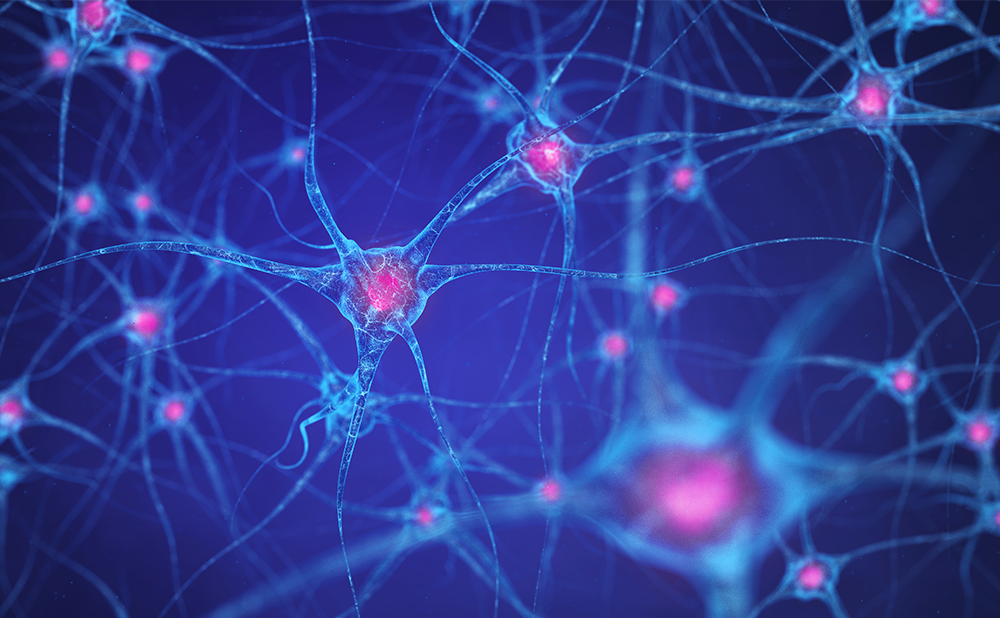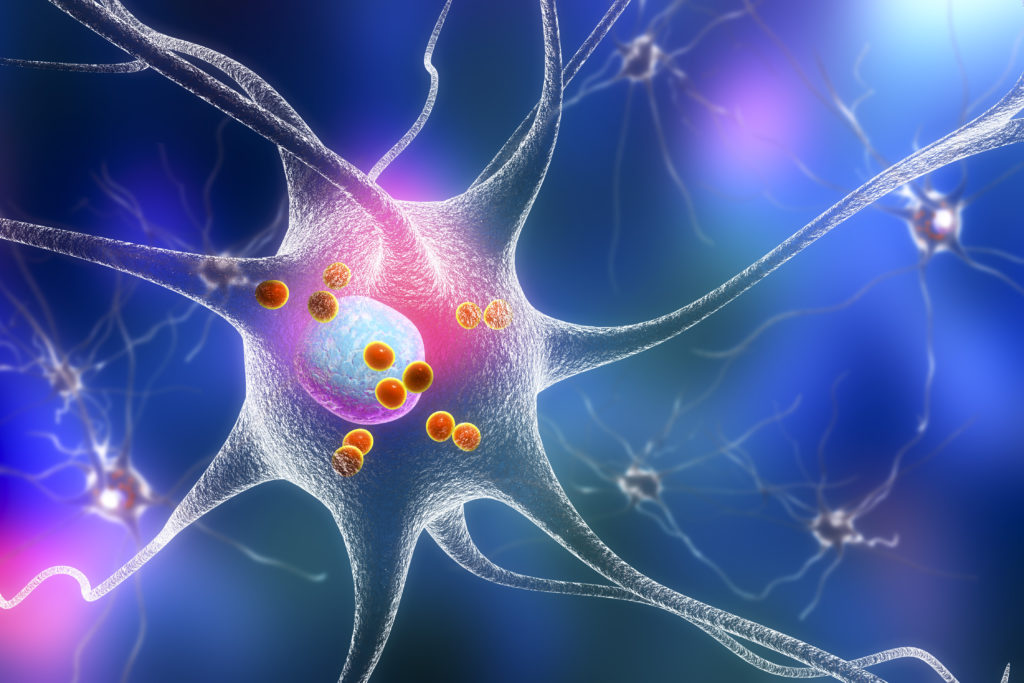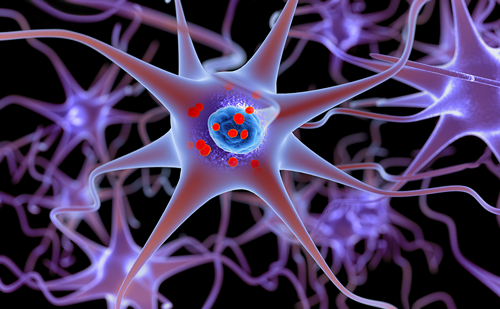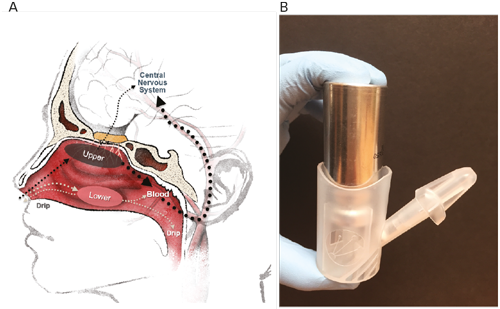There are many challenges for patients with Parkinson’s disease (PD). These are experienced at a very personal level, but many are common challenges faced by all patients with PD. The World Health Organization (WHO) states that globally 35 % of lost health (measured by disability-adjusted life years) is due to brain disease.1 Furthermore, in the near future, brain disease could overtake cardiovascular disease and cancer as the biggest burden on human health.1 The aging population (for example, a baby girl born in Japan now has a 50 % chance of living 100 years)2 is the cause of this increase. In monetary terms, this burden has been assessed and is largely made up of loss of productivity costs, inpatient care costs and uncompensated costs (such as care provided by family members) (see Figure 1).3 ‘Presentivity’, which is an indication of the negative effects an individual’s illness can have on the productivity of the rest of the workforce, was not included in this estimate of costs. Furthermore, with falling birth rates and an increasing proportion of women in the workplace, the burden of care that has traditionally fallen to female family members will have to be met through other means.
Many more issues present challenges to the effective management of PD.
- Most patients with PD will be diagnosed at 60 years of age or older. This means that many patients will have multiple co-morbidities and will be taking multiple medications.
- We now have a migrating population to a degree that we have never seen before and culturally competent care has to be provided.
- The time a patient spends with their doctor is restricted – estimated as approximately 12 minutes in many European countries.
- Access to medication varies greatly between countries and social groups.
- As a result of poor access, people increasingly turn to the Internet as a source of prescription drugs, of which many, if not most, are counterfeit.
- Competing healthcare budgets (that in many developed countries are dominated by lifestyle-related conditions such as sexual health, obesity and smoking- and alcohol-related illnesses) mean that funding for the treatment of PD is restricted.
It is these issues that highlight the need to listen to patients (and their doctors) when they communicate the effect that PD has on quality of life (QoL). However, perceptions of QoL vary between patients, their carers and the healthcare professionals involved in managing the patient’s therapy. While the scientific community may seek validated tools to help them quantify QoL (and thus measure the impact of disease on QoL, the impact this has on society and the effect of management strategies), the patient may have different and very specific unquantifiable needs that have a major impact on their QoL. The two perspectives are presented in this section of the supplement. The first article provides a description of the effects of the disease. Such perspectives may help raise the understanding of this debilitating condition and lead towards greater understanding of the issues that affect patients and that they perceive as affecting their QoL. Similarly, the second article included here gives the perspective of the physician but, encouragingly, emphasises the role of non-motor symptoms in QoL; an important aspect that has hitherto been underestimated. It is hoped that publications of this type will help encourage a dialogue between patients and physicians, and highlight the common goals of improving QoL in every patient with PD. Achieving these goals through communication and cooperation may help improve access to the most appropriate medication for all patients.

